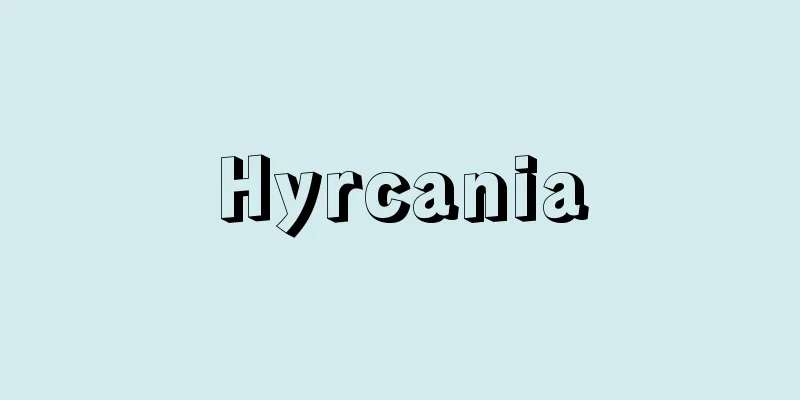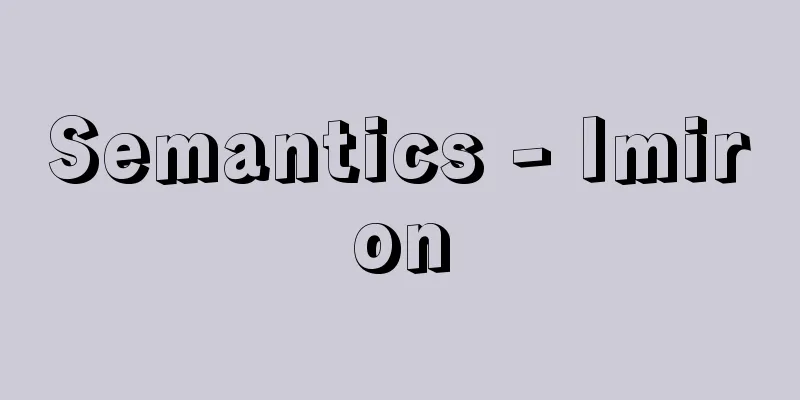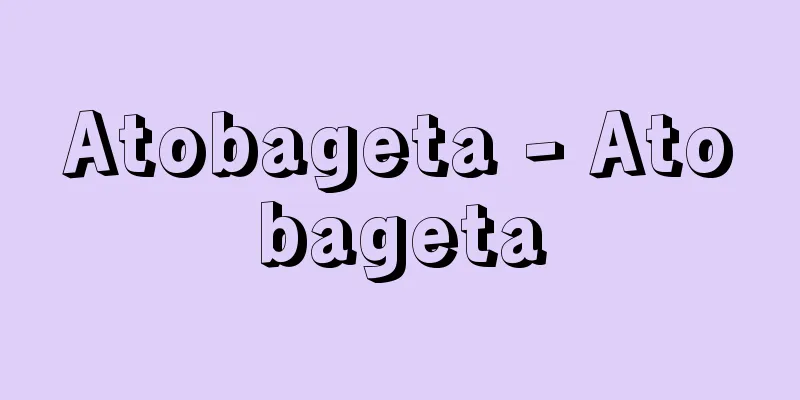Osteogenesis imperfecta

What is the disease?There are several classifications based on severity and complications, but a common feature is a tendency to fracture bones, which can lead to deformities of the bones in the legs and arms. What is the cause? Osteogenesis imperfecta is a hereditary disorder, and if one of your parents has the disorder, there is a 50% chance of inheriting it from that parent. Most cases are caused by mutations in the gene for type 1 collagen, which is important in bone formation. How symptoms manifest In addition to symptoms such as a tendency to break bones and deformation of the bones in the legs and arms, Generally, bone Classification① Type 1 is associated with blue sclerosis and adult hearing loss. Fractures vary but are often mild. ②Type 2 Type 2 is severe and often results in stillbirth or early death after birth. ③Type 3 is a severe type, but the symptoms are slightly milder than type 2. Type 4: Moderate severity, characterized by the absence of blue sclerae. In recent years, the classification has been further subdivided into five to seven types. Diagnosis and testing If the above symptoms are present, osteogenesis imperfecta is suspected, but a definitive diagnosis is made by X-ray examination to confirm the poor ossification of the whole body, fractures and regeneration, and the skull. Treatment methods Bisphosphonates are administered as drug treatment, and for fractures and deformities of long bones, Hideaki Sawai Osteogenesis imperfecta |
どんな病気か重症度と合併症により、複数の分類がありますが、骨折しやすく、これによって脚や腕の骨の変形を伴うことが共通の特徴です。 原因は何か 骨形成不全症は遺伝性疾患で、両親のいずれかがこの疾患であって、その親から50%の確率で遺伝する 原因のほとんどは1型コラーゲンという骨の形成に重要な遺伝子の変異によって生じます。 症状の現れ方 骨折しやすい、脚や腕の骨の変形を併うといった症状以外にも 一般に骨の 分類①1型 眼の青色強膜と成人期の難聴を伴います。骨折はさまざまですが、軽度の場合が多いです。 ②2型 2型は重症で死産になったり、出生後の早期に亡くなることが多いです。 ③3型 重症型ですが、症状は2型よりやや軽度です。 ④4型 中等度の重症度で、青色強膜を伴わないことが特徴です。 近年は分類が細分化されて5~7型までに分類されることもあります。 診断と検査 前記の症状があった場合に骨形成不全症が疑われますが、診断確定はX線検査で全身の骨化不良、骨折と再生像、頭蓋骨で 治療の方法 薬剤治療としてビスホスフォネート製剤の投与、長管骨の骨折や変形に対しては 澤井 英明 骨形成不全症
|
<<: National Day - Guo-qing-jie
>>: Funny Newspaper - Kokkeishinbun
Recommend
Meniscus - Meniscus
…The other type is called a synovial joint, in wh...
Lacrimal puncta
…The main lacrimal gland opens into the superior ...
Balance function test
This test is performed on patients who complain of...
Ireland, WH - Ireland
…To give it authority, the origin and history of ...
Alor Setar (English spelling)
The capital of Kedah state in the northwest of the...
Picot, G. (English spelling) PicotG
...a secret agreement reached in May 1916 during ...
auto-regression
…In reality, it is necessary to build a model fro...
Diplomatic prerogative - gaiko taiken
The Emperor's powers under the Meiji Constitut...
Shankugai (English spelling) chank shell
A snail shell of the family Oncotrichum, class Ga...
Junta
…In the midst of the continuing resistance of the...
Kamiokurikaze - God's Wind
...The dates for sending off and welcoming the go...
Obesaka
...This song was sung as a folk entertainment in ...
Gorm den Gamle (Old King)
King of Denmark from ? to 940. The period of his r...
Azusa Miko
...The Middle Counselor said that he had heard th...
Hunchback
The spine, which is in the center of the back and ...









